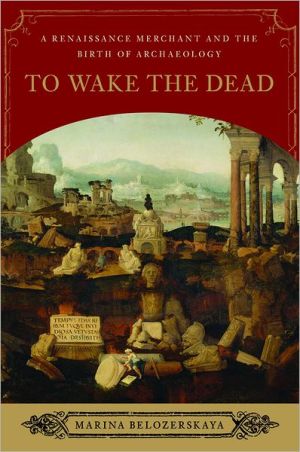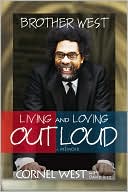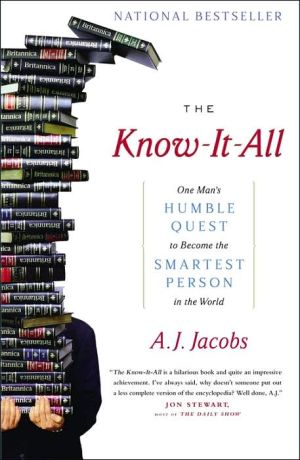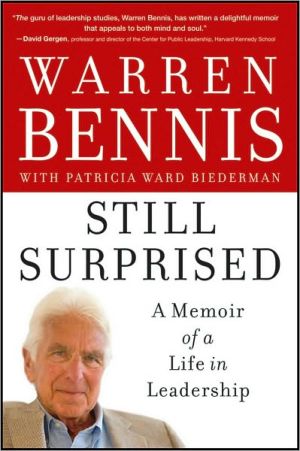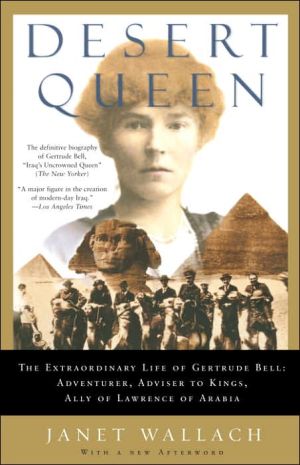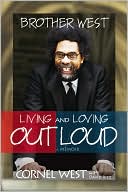To Wake the Dead: A Renaissance Merchant and the Birth of Archaeology
How Cyriacus of Ancona—merchant, spy, and amateur classicist—traveled the world, fighting to save ancient monuments for posterity.\ At the beginning of the fifteenth century, a young Italian bookkeeper fell under the spell of the classical past. Despite his limited education, the Greeks and Romans seemed to speak directly to him—not from books but from the physical ruins and inscriptions that lay neglected around the shores of the Mediterranean.\ As an international merchant, Cyriacus of...
Search in google:
How Cyriacus of Ancona—merchant, spy, and amateur classicist—traveled the world, fighting to save ancient monuments for posterity. Publishers Weekly Cyriacus Pizzecolli of Ancona was the first to travel solely to discover, observe and analyze historic monuments and, Belozerskaya convincingly argues in this charming and intriguing book, a key figure in the birth of archeology. A clerk in the bustling Renaissance port city, Pizzecolli's business trips took him to Greece and Asia Minor. He was unrelentingly curious and restless and while fascination with classical texts was widespread in the mid-15th century, few investigated the ancient physical remains. Pizzecolli educated himself in classical civilization in order to understand and preserve thousands of artifacts from ancient Greece and Rome, his true profession being, according to Cyriacus himself, "to wake the dead" of antiquity. Art historian Belozerskaya (The Medici Giraffe) writes with verve and aplomb, transporting us to 15th-century Rome, Constantinople, Florence, Greece and its islands, where he made sketches of antiquities later used by Raphael and da Vinci. Belozerskaya has written a well-researched history of an important yet relatively unknown figure that deftly integrates Renaissance social, cultural and political history. 25 illus. (Aug.)Copyright © Reed Business Information, a division of Reed Elsevier Inc. All rights reserved.
\ Publishers WeeklyCyriacus Pizzecolli of Ancona was the first to travel solely to discover, observe and analyze historic monuments and, Belozerskaya convincingly argues in this charming and intriguing book, a key figure in the birth of archeology. A clerk in the bustling Renaissance port city, Pizzecolli's business trips took him to Greece and Asia Minor. He was unrelentingly curious and restless and while fascination with classical texts was widespread in the mid-15th century, few investigated the ancient physical remains. Pizzecolli educated himself in classical civilization in order to understand and preserve thousands of artifacts from ancient Greece and Rome, his true profession being, according to Cyriacus himself, "to wake the dead" of antiquity. Art historian Belozerskaya (The Medici Giraffe) writes with verve and aplomb, transporting us to 15th-century Rome, Constantinople, Florence, Greece and its islands, where he made sketches of antiquities later used by Raphael and da Vinci. Belozerskaya has written a well-researched history of an important yet relatively unknown figure that deftly integrates Renaissance social, cultural and political history. 25 illus. (Aug.)\ Copyright © Reed Business Information, a division of Reed Elsevier Inc. All rights reserved.\ \ \ \ \ Kirkus ReviewsA lively look at the life and work of Cyriacus of Ancona, the early classicist and preservationist of antiquities. A shipping clerk, avid traveler and artist, Cyriacus Pizzecolli was among the first Renaissance men to bemoan the despoliation of ancient monuments and advocate their preservation. Belozerskaya (The Arts of Tuscany: From the Etruscans to Ferragamo, 2008, etc.) ably resurrects this lesser-known antiquarian. Born on the Adriatic coast to a merchant family, Cyriacus was trained in commerce and traveled widely as a youth. He was greatly impressed by trips to Venice, Alexandria and Constantinople. Belozerskaya attributes his archaeological epiphany at age 30 to a sudden awareness of the Arch of Trajan in his hometown, which "was whispering to him...an invitation to uncover that long-ago history and bring it back from oblivion." In Rome, Cyriacus witnessed ancient remains perishing literally overnight, due to careless building and general indifference, and he vowed to travel the world for vestiges of lost civilizations. His job as a commercial representative in Greece allowed him to sail throughout the Mediterranean and Aegean, learning Greek, collecting antiquities-though the author doesn't dwell on the extent to which he made a "good profit" reselling these to humanist friends in Rome-and garnering support for a crusade against the Turkish threat. He didn't have the foresight to realize, however, how provocation of religious wars between the Turks and the Catholics during the following centuries would aid in the demolition of his beloved ruins. Though Belozerskaya skirts Cyriacus's friendships with Florentine humanists such as Brunelleschi, Ghiberti, Leonardo Bruni andNiccoli-details a specialist would appreciate-the author handles the material well and creates a solid layman's portrait. An important link in the understanding between ancient and modern. Agent: Rob McQuilkin/Lippincott Massie McQuilkin\ \
